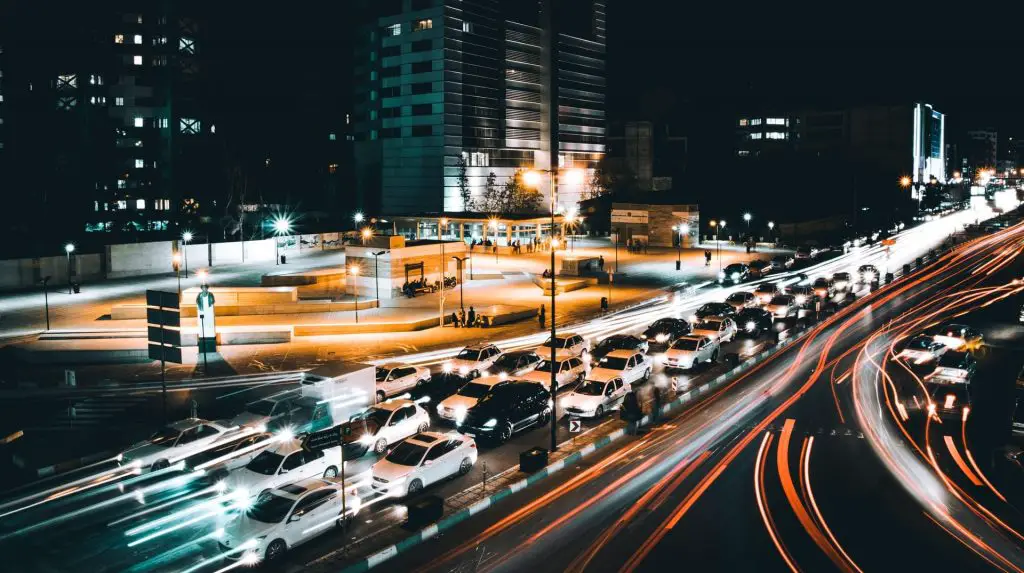In one of our last articles, we highlighted the top ten smartest cities worldwide and focused on the technologies and concepts they put in place to achieve this ranking. It became clear that the main goals of a smart city are to improve sustainability in regards to the environment, society and economy. In the following chapters, we want to emphasize the impact these technologies have on the environment and how they can help to fight the climate crisis.
There are four main areas that will have the highest positive impact on the environment: Mobility, Water Usage, Energy Usage, Waste Management.
Mobility
Transportation is important for every city and helps people or goods to get from point A to B. But because of the high demand, it currently also has a high impact on the climate. In the US, transportation takes up to 29% of its total greenhouse gas emissions. In order to solve this issue there are several technologies that show the positive impact of smart cities on the environment.
Real-time traffic control is able to collect data from sensors that are placed all throughout the city. This information then gets analyzed by an AI (Artificial Intelligence), which can detect patterns and levels of demand to regulate the flow of cars, scooters, busses and any other mode of transportation. In addition, cameras or sensors can be placed near parking spots to detect and inform a person who is trying to park their car if a place is free. Altogether, it will be able to reduce traffic jams and lower the emission of exhaust gases.
Another innovative solution that has already found acceptance in many smart cities, is shared mobility. Here, the provider of the service is renting out cars, bikes and scooters for a short amount of time. This encourages people to use these modes of transportation instead of buying their own vehicle, which in the end reduces the impact traffic has on the environment.
Many smart cities are also promoting the use of public transport by giving incentives on ticket prices or investing heavily in infrastructure. This results in less traffic on the road and also less pollution. Recent times have shown that the amount can be reduced even further by encouraging businesses to let their employees work from home.

Water and Energy
Water and energy can also benefit to a great extend by relying on real-time IoT solutions, such as smart electricity meters, smart water meters or leak detection sensors. Software is able to detect the demand for these resources and can regulate the supply accordingly. This will reduce wasted energy or water and can have a positive impact on our environment.
Furthermore, by detecting patterns of a potential threat in the supply network using AI technology, outages and maintenance costs can be reduced. Hence resulting in higher efficiency and once again showing the large impact of smart cities on the environment.
Waste
With the rising population in urban area, there will also be a drastic increase in waste. One example that illustrates how cities can reduce this problem, is by utilizing sensors in public bins. If the sensor detects that there is too much trash in them, it can automatically notify someone from the city’s cleaning service to empty it. Thanks to this solution, people will always find a place to put their waste and there is no excuse to leaving it outside.
Conclusion
There are a lot of different areas, where we can see the impact of smart cities on the environment. From traffic control to shared transportation, to innovative energy management and waste reduction concepts. If more cities start to become smart, we are one step closer to reaching the goal of a sustainable environment, as well as better living and working conditions.

